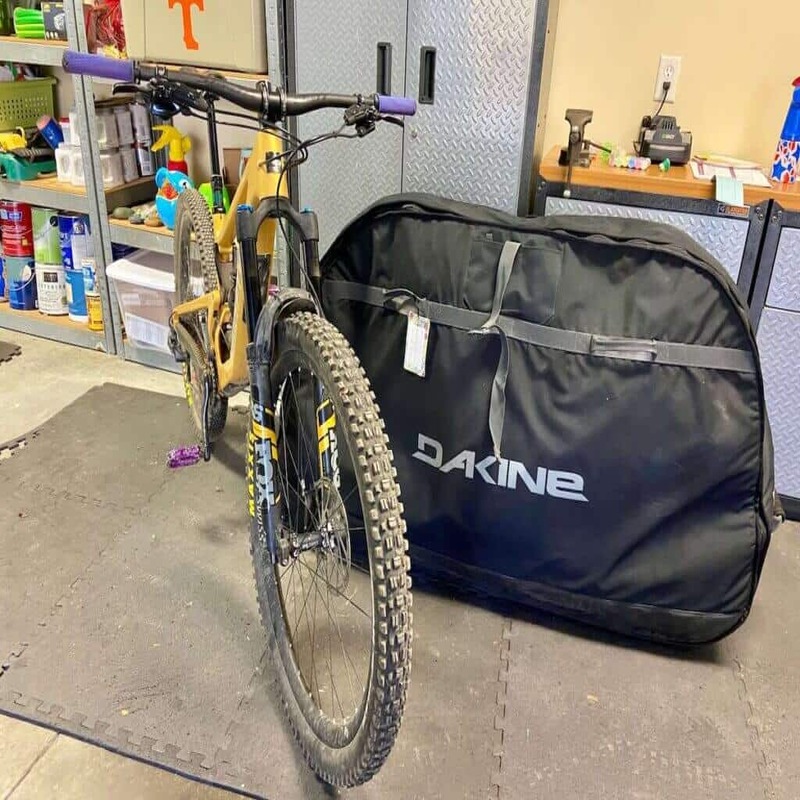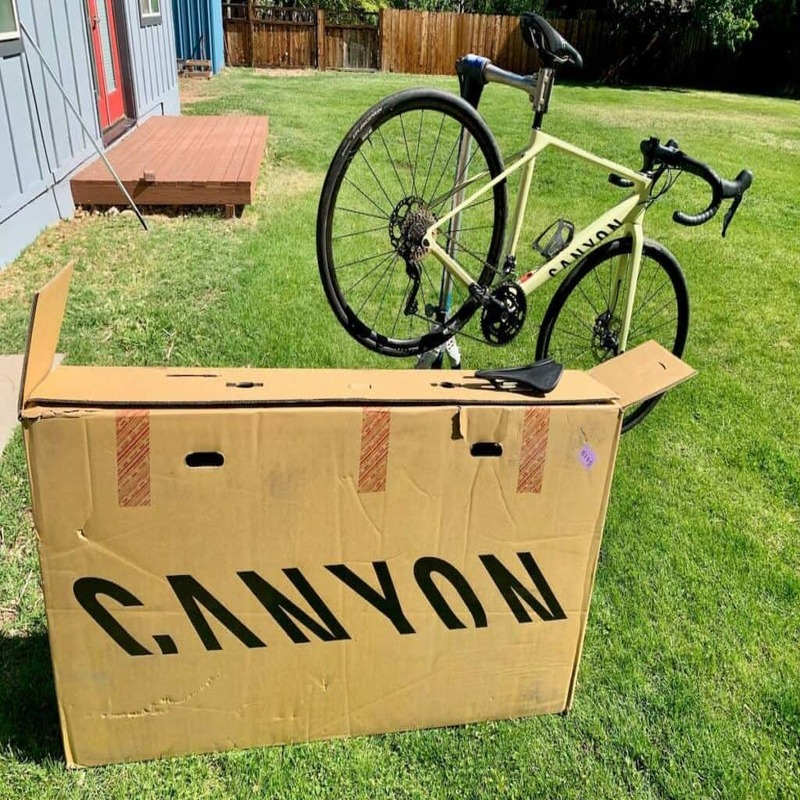Shipping a bicycle might seem like a daunting task, but with proper preparation, it is achievable. Whether you plan to move to a new city, sell your bike, or send it to someone special, knowing how to ship a bicycle safely is essential. This comprehensive guide walks you through the entire process, ensuring your bike reaches its destination intact.
How to ship a bicycle? Preparing
To successfully ship a bicycle, thorough preparation is key. Ensuring your bike is adequately prepared reduces the risk of damage during transit.
Cleaning the Bicycle
Before dismantling your bicycle, cleaning it is a critical first step. Dirt and grime can cause damage if they rub against components during shipment. Additionally, a clean bike is more pleasant for the recipient. Start by wiping down the frame with a damp cloth. Next, use a brush to remove any mud or debris from hard-to-reach places like the chain and gears. Finally, dry the bike thoroughly to prevent rust. A clean, dry bicycle ensures that no unnecessary damage occurs during shipping.
Gathering Necessary Tools and Materials
Gathering the right tools and materials is vital for a smooth packing experience. Essential items include a bike-specific cardboard box, which you can often obtain from a bike shop. Foam tubing and bubble wrap will protect delicate parts of your bike during transit. You will also need a set of Allen wrenches or a multi-tool to dismantle the bike. Finally, packing tape and zip ties help secure everything in place. Having all these items on hand before you start will streamline the packing process, making it more efficient and less stressful.

How to ship a bicycle? Dismantling
Properly dismantling your bicycle is crucial to ensure it fits securely in the shipping box. Taking your time during this step will pay off in the long run.
Removing the Wheels
The first step in dismantling your bike involves removing the wheels. Start by deflating the tires slightly. Deflated tires take up less space and reduce the risk of damage. Use an Allen wrench or quick-release lever to detach the front wheel. Set the wheel aside carefully, and repeat the process for the rear wheel. Removing the wheels makes packing more manageable and helps ensure the bike’s frame and components stay safe during shipping.
Handling the Handlebars and Pedals
Next, focus on the handlebars and pedals, as these protruding parts can easily get damaged. Using an Allen wrench, loosen the bolts securing the handlebars and gently rotate them parallel to the frame. This positioning minimizes their profile for a better fit in the box. Remove the pedals using a pedal wrench and note their orientation for reassembly. Place them in a secure, labeled bag to avoid confusion later. Properly securing and positioning these components prevents potential damage and makes reassembly straightforward.
Detaching the Saddle and Seatpost
Now, it’s time to detach the saddle and seatpost, another essential part of the dismantling process. Initially, mark the current position of your seatpost using a piece of tape to facilitate correct reassembly. Then, use an Allen wrench to loosen the clamp holding the seatpost and slide it out. Wrap the seatpost and saddle securely in bubble wrap and label them for easy identification. Correctly packing these parts helps safeguard them during transit and simplifies the reassembly process.
How to ship a bicycle? Packing Bicycle Parts
Once your bicycle is dismantled, it’s time to pack it efficiently and securely. Doing this correctly ensures that the bike and its parts remain as safe as possible.
Protecting Individual Components
Each bicycle part needs careful attention during packing. Start with the frame. Wrap it in foam tubing and secure it with zip ties to minimize movement during transit. Next, wrap the handlebars, forks, and seatpost in bubble wrap. Pay special attention to fragile components, adding extra layers if necessary. Place smaller items like pedals and bolts in a labeled bag. Effective protection of individual components prevents damage and keeps everything organized, facilitating an easier reassembly process upon arrival.
Arranging the Bicycle in the Box
After protecting individual parts, start arranging them in the box. Place the frame at the center, ensuring it fits snugly. Insert the wheels on either side of the frame, using additional foam tubing to prevent contact. Position the handlebars along the bottom, next to the frame, and fit the wrapped seatpost and saddle in a suitable space. Use packing tape to secure all items, ensuring no part can move. Carefully packing the bicycle in the box helps distribute weight evenly, reducing the risk of imbalance and potential damage during shipping.

Choosing the Right Shipping Method
Selecting the appropriate shipping method is crucial for the safe delivery of your bicycle. Consider different options and choose the one best suited for your needs.
Comparing Different Carriers
Researching various shipping carriers is essential for finding the best fit. Compare services offered by major carriers like FedEx, UPS, and USPS. Consider factors such as cost, delivery speed, and insurance coverage. Some carriers provide specialized services for shipping bicycles, which might offer additional protection. Reading customer reviews and testimonials can also provide insights into each carrier’s reliability. Comparing different carriers ensures you make an informed decision, balancing cost and safety for your bicycle.
Securing Insurance and Tracking
Opting for insurance and tracking provides peace of mind during the shipping process. Insurance safeguards your bicycle against potential loss or damage. Most carriers offer several coverage tiers, so choose one that matches your bike’s value. Tracking enables you to monitor your bike’s journey from the moment it leaves your hands until it reaches its destination. Both insurance and tracking can be lifesavers, offering security and real-time updates, ensuring your bicycle’s safe and timely delivery.
Preparing for Shipment Day
As the shipment day nears, following a few last-minute checks ensures everything goes smoothly. Adequate preparation reduces stress and minimizes potential hiccups.
Double-Checking Packing
Before sealing the box, double-check all packing. Ensure that each component is well-protected and nothing is loose. Confirm that the wheels, frame, and smaller parts are securely packed. Recheck the box for any weak spots or gaps that might need additional padding. Performing a final inspection guarantees that your bicycle is as safe as possible for its journey, potentially saving you from avoidable mishaps.

Organizing Documentation
Finally, organize all necessary documentation. This includes shipping labels, insurance forms, and any additional paperwork required by the carrier. Clearly label the package with the recipient’s address and your return address. Attaching a duplicate address label inside the box as an extra precaution is also a good idea. Well-organized documentation ensures smooth processing by the shipping carrier and aids in resolving any issues that might arise during transit.
By following this comprehensive guide, shipping your bicycle becomes a manageable task. Properly cleaning, dismantling, and packing your bike, choosing the right shipping method, and organizing documentation are key steps in this process. These steps ensure your bicycle arrives at its destination safely and allows for stress-free transport. Taking the time to follow each step meticulously will save you from potential setbacks and ensure successful delivery.
Conclusion
Shipping a bicycle efficiently requires proper preparation to ensure its safety. Begin by cleaning the bike to avoid dirt damage. Remove or secure loose parts like pedals, handlebars, and wheels; wrap them in bubble wrap. Use a sturdy bike shipping box, available from bike shops or shipping companies. Place protective foam or cardboard around the frame to prevent scratches. Carefully pack the bike inside the box, filling empty spaces with padding material to avoid movement. Seal the box securely with strong packing tape. Label the package clearly with the destination address and include a “Fragile” sticker to indicate careful handling.


